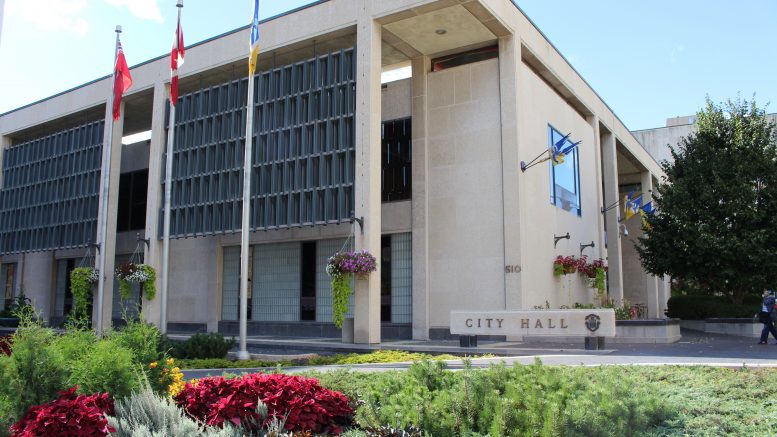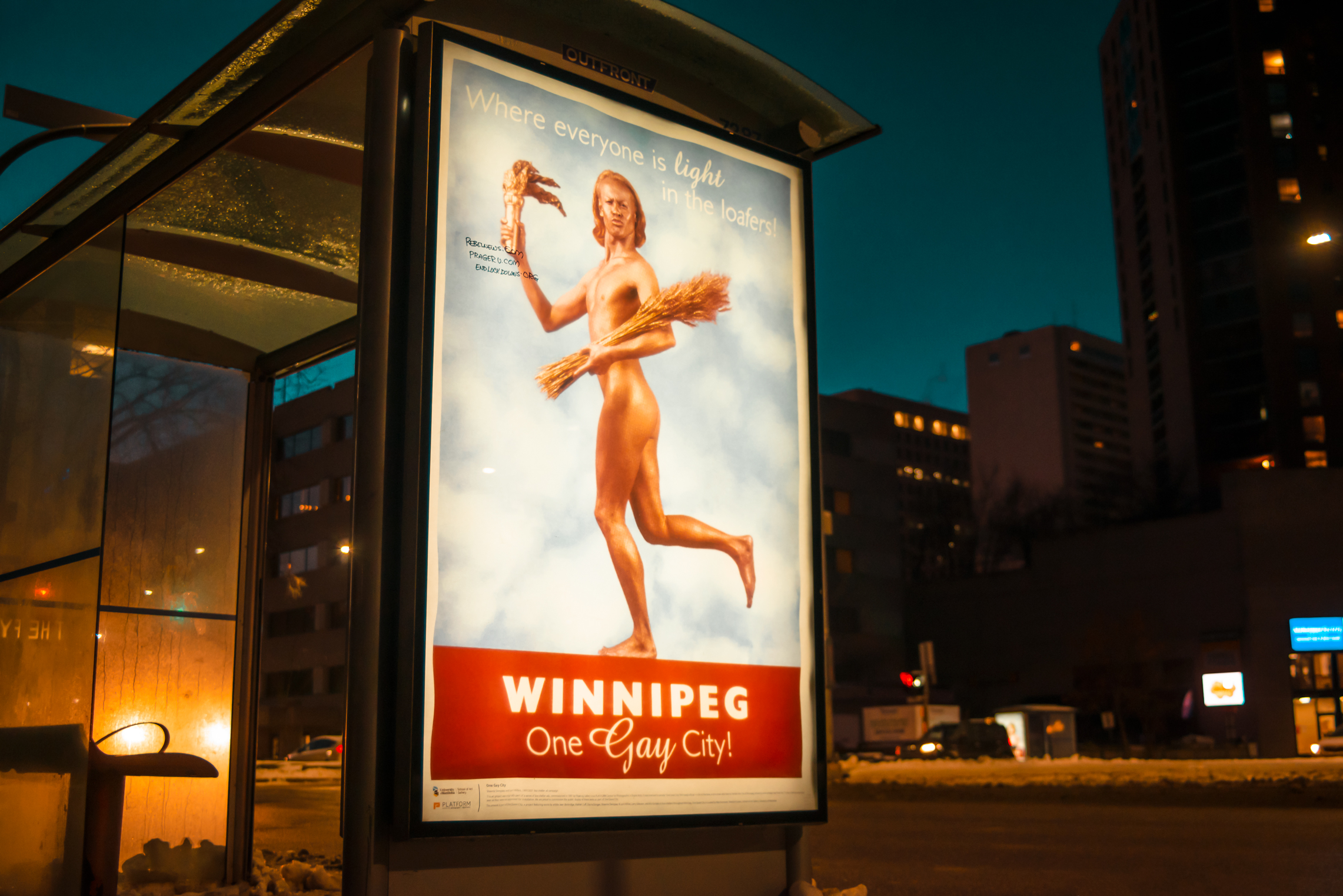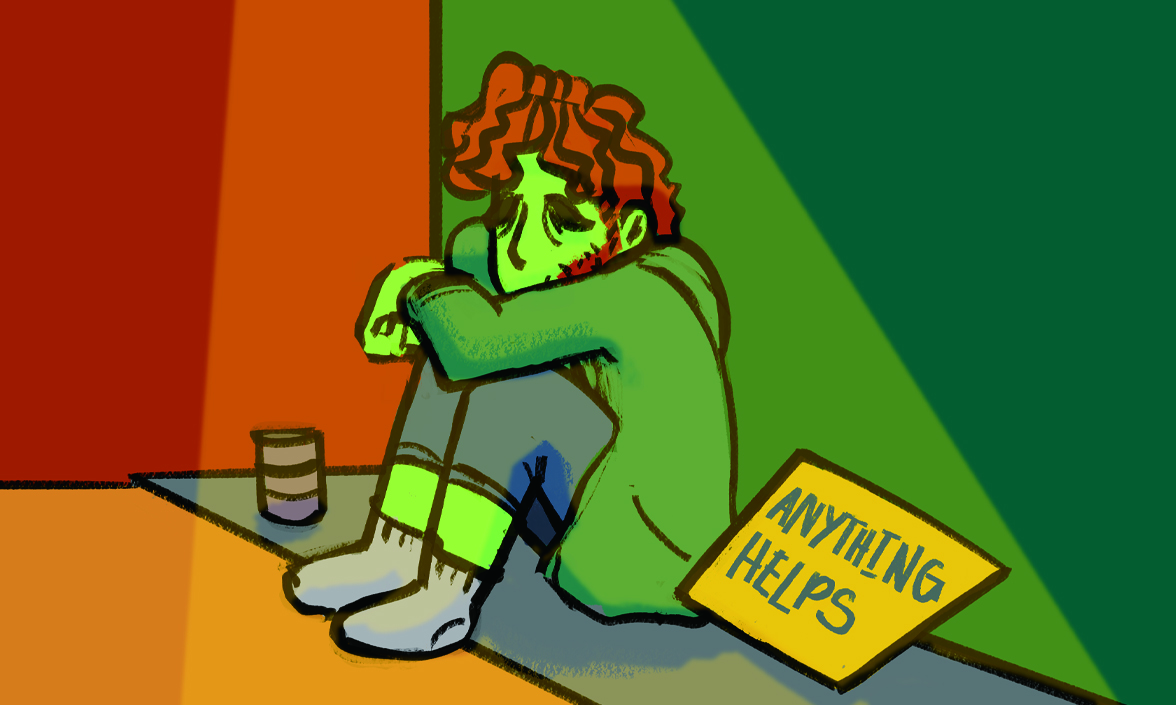Growth fees, as a tool to stymie unsustainable suburban sprawl, force those responsible for stretching the city’s resources to the breaking point to pay their fair share. They are an essential tool for modern municipalities. Yet growth fees as they are currently being proposed by mayor Brian Bowman represent a foray into bad planning.
The idea behind growth fees is a simple one: people living in low-density suburbs require a higher per-capita expenditure on the part of the city if they are to be provided with the same level of services (fire, paramedic, police, libraries, etc.) than people living in older, denser neighbourhoods. High property taxes on new homes do not offset this cost; neither does the fact that developers pay for the initial installation of roads, sewers, etc. There are simply more roads, sewers, and land that need to be maintained for each suburban lot throughout the entirety of its existence.
Fundamentally, the suburban lifestyle is wasteful, and wasteful things cost more in the long run. Growth fees, applied to new suburban expansion, are meant to provide extra money to the city to help offset these costs so that they are not unfairly borne by residents of pre-established neighbourhoods.
As currently proposed, the new bylaw calls for growth fees (termed “impact fees”) to be charged on all new residential development in the city. A new house being built as infill development in an older neighbourhood, such as St. Boniface, will be charged the same fee per square foot as a new house being built at the very edge of the city on former agricultural land in, say, Sage Creek. This is despite the fact that the St. Boniface home is being built in a neighbourhood already serviced, whereas the suburban home will require the laying of entirely new services. Rather than levying an extra charge on the construction that places new financial burdens on the city, all construction will be charged equally.
More money will flow to the city this way than it currently does, but nothing will be done to address the root problem: some growth is more expensive in the long run than others. No incentive is provided to not build new suburban homes, since a non-suburban home would still be subject to the same fees. Good development is punished along with the bad.
As proposed, this new growth fee will actually encourage suburban sprawl. If you are being charged the same fee per square foot wherever you choose to build your home, it will be cheaper to build your home in the suburbs as lots are less expensive there than in the inner city. The only positive aspect, other than producing new monies for the city, would be to encourage the sprawl that does occur to be in the form of smaller dwellings – and smaller buildings out in the boonies still require the same number of pipes and roads to be reached, which is what the city has to pay to maintain.
This situation is made even more flabbergasting because the city already recognizes that central growth is better than suburban growth. This is why it frequently forgives, for 20 years, property taxes to be paid on new condo towers downtown. This is an explicit acknowledgment that new infill housing is good and should be encouraged.
The director of the city’s planning department even sent out a letter, advising that these new fees not be applied to construction downtown. I would add that they should not be applied anywhere the city wants to actually encourage construction. Yet this has been ignored. What does Winnipeg’s chief city planner know about city planning, anyway? Bowman himself apparently admits that “provisions should be provided for infill and downtown redevelopment projects.” So why are we faced with the prospect of a bylaw that mandates blanket application?
New fees should be applied to the people who make those fees necessary, not across the board. This is a prime example of the kind of rampant idiocy and lack of foresight that holds our city back. Our mayor has managed to bungle a concept that works well and equitably in other cities; even copying the best-practices in city planning is apparently too much to expect from our civic leaders. That’s Winnipeg for you, eh?
Evan Tremblay has a degree in landscape and urbanism from the University of Manitoba.




